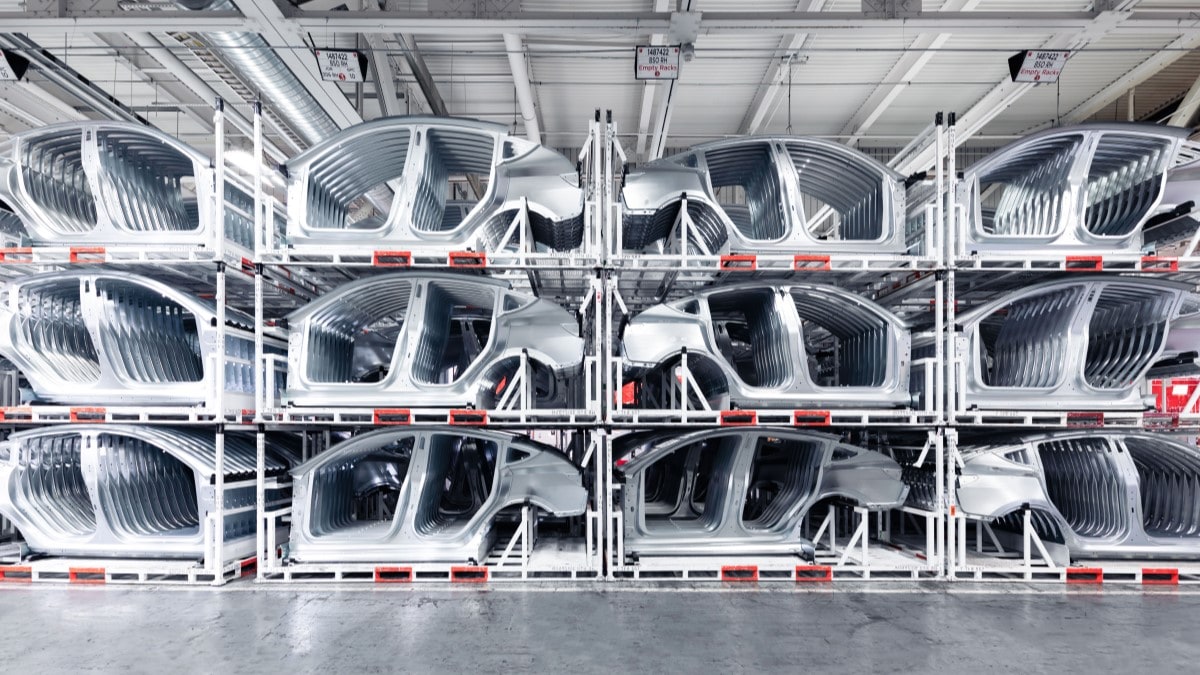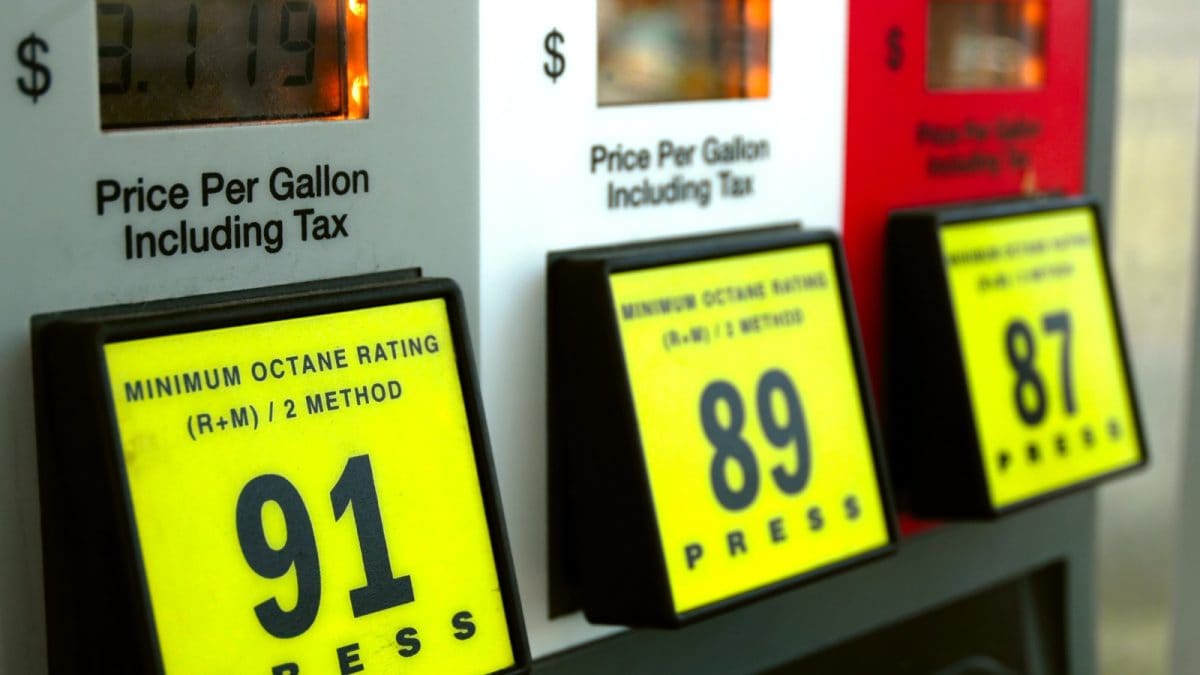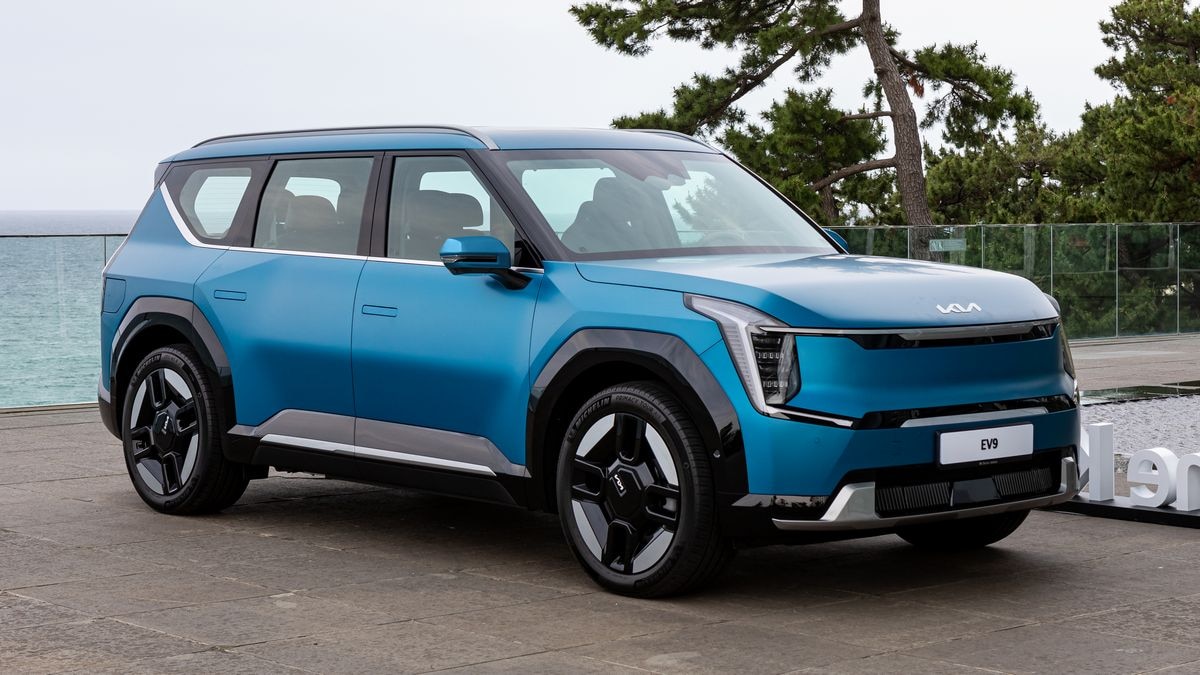Tesla appears to have abandoned its long ambition of building an affordable electric vehicle (EV) for the masses.
Reuters first reported the news earlier this month, saying Tesla had “canceled the long-promised inexpensive car that investors have been counting on to drive its growth into a mass-market automaker, according to three sources familiar with the matter and company.”
Tesla CEO Elon Musk immediately replied on his social media site X (formerly Twitter), calling the report a lie.
But, in the days since, even the enthusiast press that reports solely on EVs seems to have come around to believing Reuters. EV site Electrek now says it “can confirm that Tesla indeed put its upcoming $25,000 electric car, sometimes referred to as ‘Model 2’, on the back burner despite what Elon Musk said.”
What May Be Dead
Tesla has long followed a simple gameplan – start with expensive models, then work its way down to build cars more people can afford.
The brand’s first product was the expensive, high-performance Roadster built on a Lotus chassis. Starting with lightweight and high prices let the company perfect its EV technology in easy circumstances. It then launched a high-end luxury car, the Model S, followed by a luxury SUV, the Model X.
That let well-heeled luxury buyers fund the company’s growth (along with regulatory credits sold to other automakers, which made up the bulk of its revenue for nearly two decades).
As economies of scale brought down the cost of building EVs, Tesla moved down market. Its Model 3 sedan and Model Y SUV were priced like entry-level luxury cars and have come down in price over time. They now compete on price against models from Kia and Chevrolet, not BMW and Lexus.
That strategy briefly made the Model Y Earth’s best-selling vehicle for one quarter last year.
The company planned to follow that pattern down into the $25,000 range with a car long thought to be called the Model 2. As recently as January, insiders said it could launch next year.
The Verge notes, “In 2020, at the company’s first Battery Day event, he [Musk] speculated that Tesla could eventually produce upward of 20 million of these vehicles in a year — or roughly twice the current production of Toyota, GM [General Motors], or Volkswagen.”
What’s Happening Instead – Robotaxis
But in recent years Musk has pivoted to telling investors that Tesla’s most important project is its push toward developing self-driving software. That project, he told investors in 2022, is “really the difference between Tesla being worth a lot of money or worth basically zero.”
There are no true self-driving cars for sale today. Most automakers sell cars with driver assistance systems that can take over some of the work of driving while the driver stays alert. But most automakers are using that technology to try to develop a car that can drive itself.
Related – Self-Driving Cars: Everything You Need to Know
Musk was fond of telling early Tesla buyers their cars would someday earn them money, serving as robotaxis when their owners didn’t need them.
That project, it seems, has taken precedence over even the Model 2.
Reuters reports that Tesla “will continue developing self-driving robotaxis on the same small-vehicle platform.” Musk recently posted on X that the company will unveil its “Tesla Robotaxi” on Aug. 8.
Several rival companies have tried to make the robotaxi idea work, with limited success. GM recently cut spending on its Cruise robotaxi unit after the U.S. Justice Department and Securities and Exchange Commission announced investigations of accidents involving Cruise taxis.
Waymo, a project of Google parent company Alphabet, and Zoox, owned by Amazon, have robotaxi projects in several cities. But Bloomberg reports, “funding for autonomous vehicle technology continues to fall from its peak in 2021.”
Tesla’s Pursuit of Self-Driving Is Different From Rivals’
Tesla sells three levels of driver assistance software with its cars, marketed under the names Autopilot, Advanced Autopilot, and Full Self-Driving. They have not been well-received by critics – one recent comparison test rated Tesla’s system just the eighth best on the market.
Tesla approaches development differently than most rivals. While most automakers use a combination of cameras, radar, lidar, and ultrasonic sensors, Musk has limited engineers to using only cameras to feed information to its system.
Mercedes-Benz has pulled ahead in development, releasing the only system sold in the U.S. that legally allows a driver to look away from the road.
Other companies have performed most of their development in testing on closed tracks. Tesla famously deployed Full Self-Driving for “beta testing,” letting thousands of customers use an unfinished product to collect data for the company. That led to increased scrutiny, prominent recalls of both Autopilot and Full Self-Driving, and reportedly several government investigations.
But it also means the company may have more real-world testing data than anyone else in the industry. Tesla recently began offering buyers a free month of Full Self-Driving on every new car, presumably increasing its data haul dramatically.
Volume vs. Hype
Tesla hasn’t stopped developing new cars. But the cars getting its attention are very different from the proposed Model 2.
That car would have been a volume play – an attempt to sell electric cars to millions. The company’s recent products, instead, are low-volume products that build a lot of publicity.
Last year, it made worldwide headlines with its future-funky Cybertruck entering production. Perhaps the most visually interesting car in many years, it earned hype on a level rarely seen in the automotive industry. But the company has said the roughly $80,000 truck is expensive and complicated to build, and may be produced in small numbers for years to come.
Its next planned release is a rebirth of that original Roadster, a 2-door sports car. But it may be an even rarer sight, with a projected price tag of $250,000. And the hype? Tesla is promising optional (and dubiously-legal) rocket boosters.
That sort of product wins the company tremendous publicity no automaker can match. But it doesn’t sell those kind of cars in great volumes.
Tesla does plan a refresh of the Model Y, codenamed Juniper, which may appear this year.
A Tech Company, Not a Car Company?
Telsa had another success outside the showroom last year. Virtually every other automaker agreed to use its charging ports. That solves a longstanding EV industry problem – multiple charging options that meant not every public charger worked for every car. It also brings Tesla some revenue, as those companies are paying Tesla undisclosed sums to open its charging network to owners of their cars.
Add it all up, and you have a rapidly transforming company. Tesla is reportedly abandoning an attempt to build a very high-volume, inexpensive car. Instead, it’s focused on developing robotaxis and collecting revenue from other companies that build EVs.
It still has a pipeline of new car projects, but they’re focused on building halo cars – cars that sell to a few wealthy buyers and earn great publicity.
The company recently suffered a poorer-than-expected sales quarter. It faces increasing competition globally from Chinese automakers, which could enter the American market. Many analysts worry that no American manufacturer can compete with China’s car industry on price.
But, as Musk sees it, selling cars may no longer be the most important thing Tesla does.




